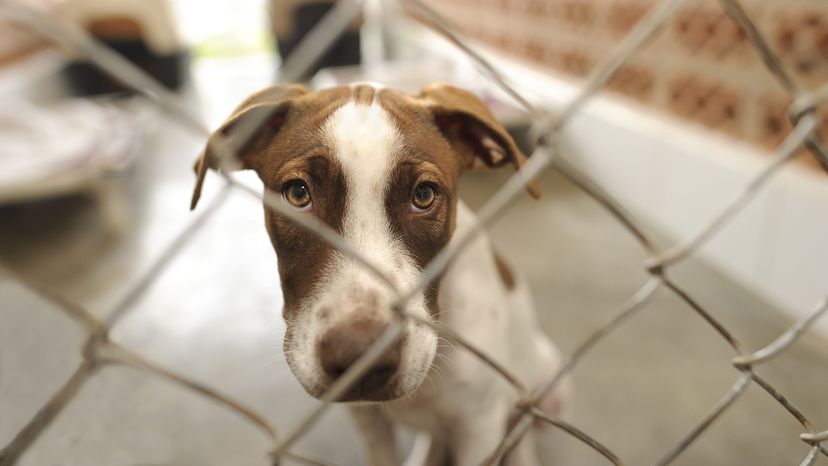Most shelters will take every stray that arrives, but they are forced to euthanize some animals when they become too full. A smaller number of shelters only accept limited numbers of animals but promise to care for them until they are adopted. These are called “no-kill” shelters. Despite the name, though, these shelters will euthanize animals that are too old or ill to care for anymore.
Dog Rescuers and Swanky Shelters
The term “animal shelter” typically brings to mind long rows of metal-barred cages, the pungent smell of urine and cacophonous barking. But some lucky pets can end up at shelters so luxurious that it would make most humans jealous. They might have cushy sofas, plush posts and skylights.
Not all homeless cats and dogs end up in shelters. Some go to animal rescue groups. Many of these groups specialize in a specific breed. The animals often come from questionable breeding centers that get shut down, as well as from kennels, veterinarian offices or local animal shelters. Unlike shelters, animal rescue organizations don’t necessarily have facilities in which to house the animals. Often, volunteers care for the animals in their own homes (fostering) until they are ready for adoption.
There are also animal sanctuaries, which serve as refuges for homeless animals. These are usually large areas of land that house and care for dogs and cats, as well as for goats, cows, donkeys, pigs and other larger farm animals. Some animal sanctuaries even keep wild animals, such as lions and tigers. In many cases, animals will stay at a sanctuary for the rest of their lives without ever being adopted.
The people who work at animal shelters must do the same things most pet owners do to care for their pets. They feed the animalsfood, make sure they have enough water, clean their cages, walk them, pet them and care for sick animals that need special medical attention.
It’s also mandatory in many shelters to spay or neuter (surgically sterilize by removing the reproductive organs) all pets they accept. Shelters do this to prevent more unwanted animals from being born and ending up in shelters.
A single shelter can house hundreds of animals, and there usually isn’t a lot of money available for hired help. For that reason, volunteers are essential parts of shelter operations. Though they don’t get a paycheck, the tail wags and purrs they get in return are ample rewards for most volunteers.
